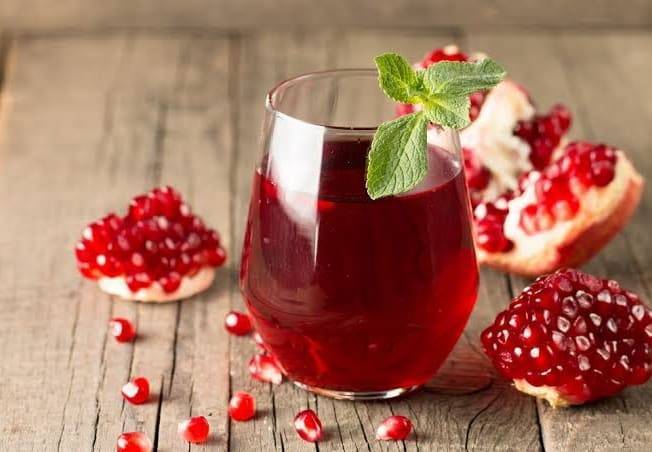Nutritional elements containing Vitamin C should be consumed alongside foods rich in iron to enhance absorption. The recommended dietary allowance for iron is about 10 mg per day. Many suggest including beetroot and pomegranate in the diet, given their red color, as they may help address iron deficiency anemia by increasing blood levels, according to the Times of India. However, nutrition expert Juhi Kapoor emphasized that beetroot and pomegranate are not the best dietary sources of iron, pointing out the common misconception that they are rich in iron. Kapoor stated, "Beetroot contains only 0.76 mg of iron per 100 grams, while pomegranate has just 0.31 mg of iron per 100 grams, making these two foods poor sources of iron."
Dr. Dileep Jude, a senior consultant physician at Yashoda Hospitals in Hyderabad, noted that there are foods that contain at least "three times the iron found in pomegranate and/or beetroot." Dr. Kapoor also mentioned that the deep red color of beetroot and pomegranate is actually due to natural pigments or antioxidants known as polyphenols, which can classify them among the best sources of antioxidants but are unrelated to their iron content.
Dr. Jude agreed with Dr. Kapoor, explaining that beetroot has a lot of Vitamin A, often exceeding the recommended daily allowance, and pointed out that "the fat-soluble nature of Vitamin A can lead to a steady accumulation, making it difficult for the body to eliminate excess." He noted that high levels of beetroot can lower blood pressure and possibly cause mild allergic reactions. Additionally, the high oxalate content in beetroot could hinder calcium absorption, raise the risk of kidney stones, and cause stomach disturbances.
Nutrients contain two types of iron:
1. **Heme Iron**: Found in meat, fish, and poultry. According to nutrition expert Brina Kalra, the body absorbs 30% of heme iron easily.
2. **Non-Heme Iron**: Available in fruits, vegetables, and nuts. Dr. Kalra stated that "non-heme iron found in fruits and vegetables is not fully absorbed, as the body typically absorbs only between 2-20%."
Dr. Kalra explained that "beetroot and pomegranate do not aid in iron production; they certainly assist in forming red blood cells, but slowly." Some of the best sources of iron include organ meats like liver, with Dr. Jude mentioning that "meats such as chicken, lamb, shellfish, and mussels are excellent sources of dietary iron."
According to Dr. Jude, broccoli, green beans, dark leafy vegetables like dandelion, kale, cabbage, spinach, prunes, raisins, apricots, eggs, beans, nuts, peas, lentils, and tofu are all iron-rich foods. He added that these foods "contain at least three times the recommended dietary amount of iron compared to pomegranate/beetroot, and are therefore highly recommended."
Experts advise that when consuming iron-rich foods, one should pair them with foods high in Vitamin C, such as tomatoes, citrus fruits, and red and yellow peppers, which help improve iron absorption.




